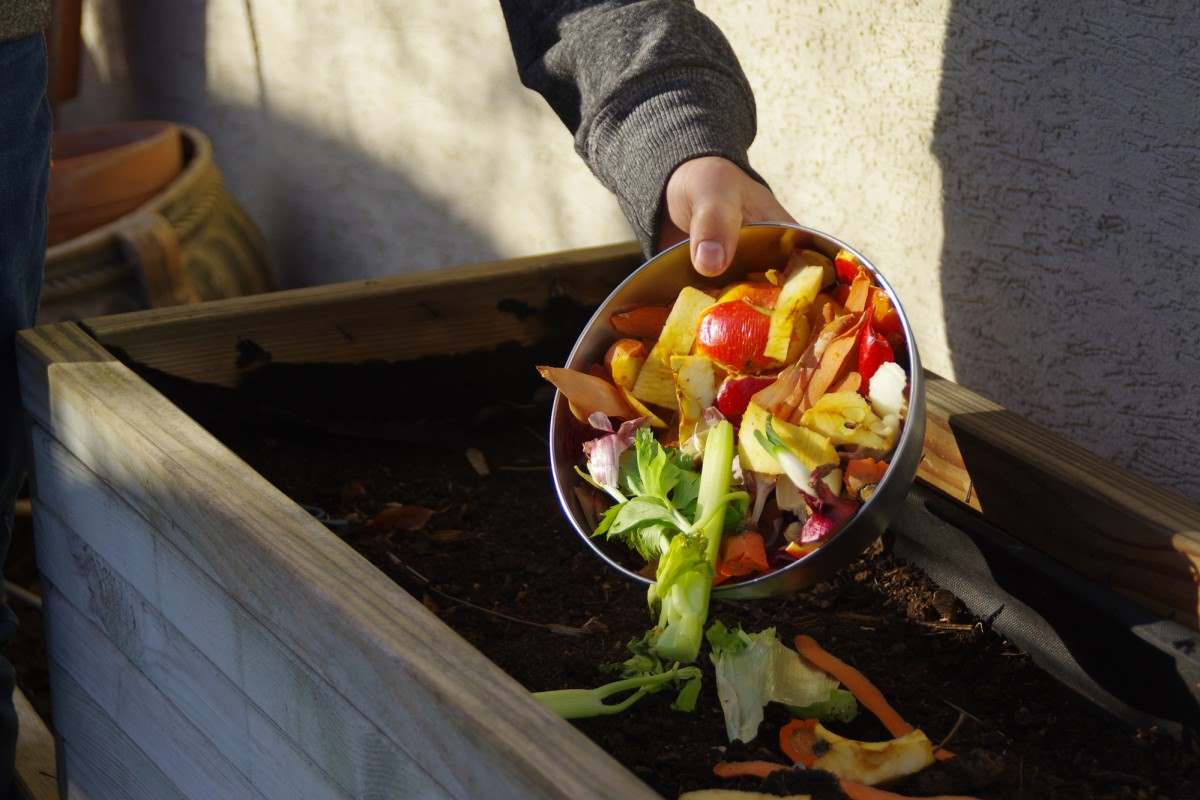In a world where climate change is no longer a distant threat but a pressing reality, the need for sustainable living has never been more urgent. The choices we make today will shape the world our children inherit tomorrow. So, what exactly is sustainable living, and why is it crucial for us to adopt this lifestyle?

What is Sustainable Living?
Sustainable living is not just a trendy catchphrase; it’s a philosophy that seeks to minimize our impact on the environment by making conscious choices that reduce our ecological footprint. At its core, it’s about finding a balance between our needs and the planet’s needs, ensuring that our actions do not compromise the well-being of future generations.
Living sustainably involves mindful decisions in various aspects of our lives—from the products we consume and the energy we use to the way we dispose of waste. It’s a holistic approach that recognizes the interconnectedness of all living things and the delicate balance of the ecosystems that support life on Earth.

It’s not about completely overhauling your life overnight; rather, it’s a journey of gradual changes and small choices that collectively make a significant impact. Whether opting for reusable products, reducing energy consumption, or supporting eco-friendly practices, sustainable living is a conscious effort to create a more harmonious relationship with our planet.

Why We Need to Be More Sustainable
The call for sustainable living isn’t just an environmentalist’s plea; it’s a necessity dictated by the alarming state of our planet. The consequences of unsustainable practices are evident—climate change, deforestation, loss of biodiversity, and pollution are threatening the delicate balance of our ecosystems.
Rapid industrialization and overconsumption have led to the depletion of natural resources, contributing to the degradation of our environment. Rising temperatures, extreme weather events, and the melting of polar ice caps are clear signs that we need to change our ways.
By embracing sustainable living, we can mitigate these issues and work towards a more resilient and balanced planet. It’s a collective responsibility that each one of us must shoulder to ensure a healthier future for the generations to come.
What Is the Goal of Sustainable Living?
The ultimate goal of sustainable living is to create a harmonious coexistence between humanity and the environment. It’s about fostering a way of life that meets the needs of the present without compromising the ability of future generations to meet their own needs. Sustainability is not just about preserving the planet for the sake of the environment; it’s about securing a better quality of life for all.
In a sustainable world, resources are used efficiently, waste is minimized, and ecosystems are protected. It envisions a future where renewable energy sources power our homes, where pollution is reduced to a minimum, and where communities thrive in balance with nature. It’s a vision that requires a collective effort from individuals, businesses, and governments alike.
Sustainable living is not a one-size-fits-all concept; it allows for diverse approaches and solutions customized to different communities and contexts. From urban areas to rural communities, the goal remains the same—a world where people and the planet coexist in harmony.

10 Tips to Live More Sustainably
Now that we understand the importance and goal of sustainable living, let’s explore practical tips to incorporate sustainability into our daily lives.
1. Reduce, Reuse, Recycle
The classic mantra still holds true. Reduce your consumption, reuse items whenever possible, and make recycling a habit. Opt for products with minimal packaging and prioritize items made from recycled materials.
2. Conserve Energy
Simple actions like turning off lights when not in use, unplugging devices, and using energy-efficient appliances can significantly reduce your energy consumption. Consider investing in renewable energy sources like solar panels for your home.
3. Conserve Water
Conserve water by fixing leaks, using water-efficient appliances, and being mindful of water usage in daily activities. Collect rainwater for watering plants, and avoid unnecessary water wastage.
4. Choose Sustainable Transportation
Opt for eco-friendly transportation options, such as walking, biking, or using public transportation. If possible, consider electric or hybrid vehicles to reduce your carbon footprint.
5. Support Local and Sustainable Products
Choose locally-produced goods to support your community and reduce the environmental impact of long-distance transportation. Look for products with eco-friendly certifications, indicating sustainable and ethical practices.
6. Embrace a Plant-Based Diet
Reduce your meat consumption and explore plant-based alternatives. The meat industry is a significant contributor to greenhouse gas emissions and deforestation. A plant-based diet is not only healthier but also more sustainable.

7. Create a Minimalist Lifestyle
Embrace minimalism by decluttering your living space and prioritizing essential items. A minimalist lifestyle reduces the demand for new products, curbing excessive production and waste.
8. Educate and Advocate
Spread awareness about sustainable living within your community and social circles. Advocate for environmentally friendly practices in your workplace and support policies that promote sustainability.
9. Compost Organic Waste
Start a compost bin for your kitchen scraps and yard waste. Composting reduces the amount of organic waste in landfills and produces nutrient-rich soil for your garden.
10. Invest in Sustainable Products
When making purchasing decisions, choose products made from sustainable materials and produced by companies committed to ethical and environmentally friendly practices.
Final Words
Sustainable living is not a distant dream but an achievable reality that begins with individual choices. By adopting a more mindful and eco-conscious lifestyle, we can contribute to a greener, healthier planet. The journey towards sustainability is a collective effort, and each small action adds up to create a significant impact. Let’s embrace the challenge of sustainable living and work together towards a brighter, more sustainable future for all.
Pin for Later

Need Support or have Questions? Join our Free Facebook Group.
Follow us on Pinterest, Facebook, Instagram, TikTok, Flipboard, or YouTube.
For weekly New Articles and a FREE E-Book get into our NEWSLETTER.





